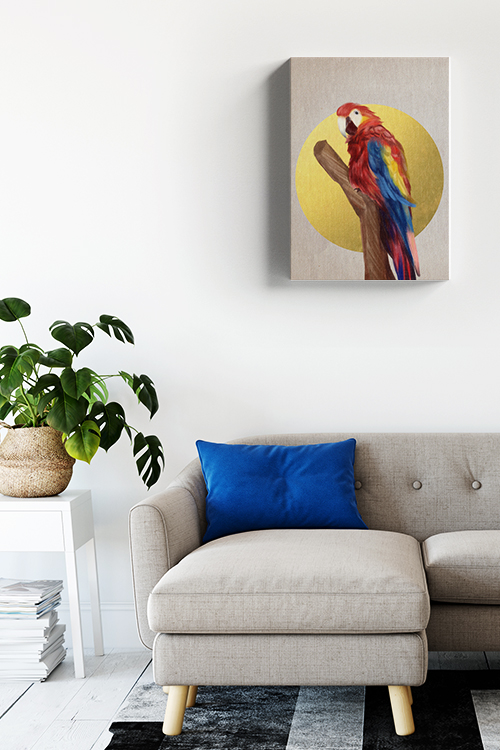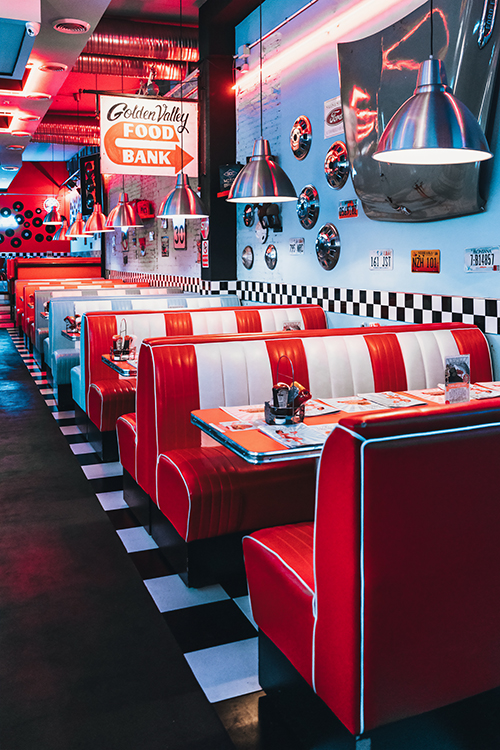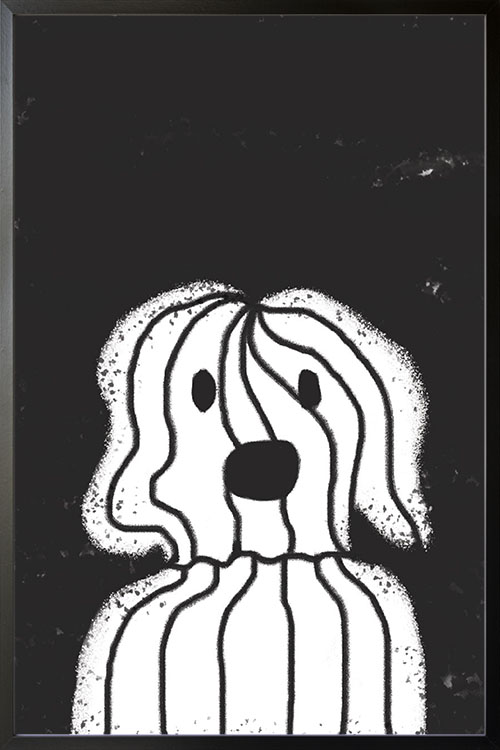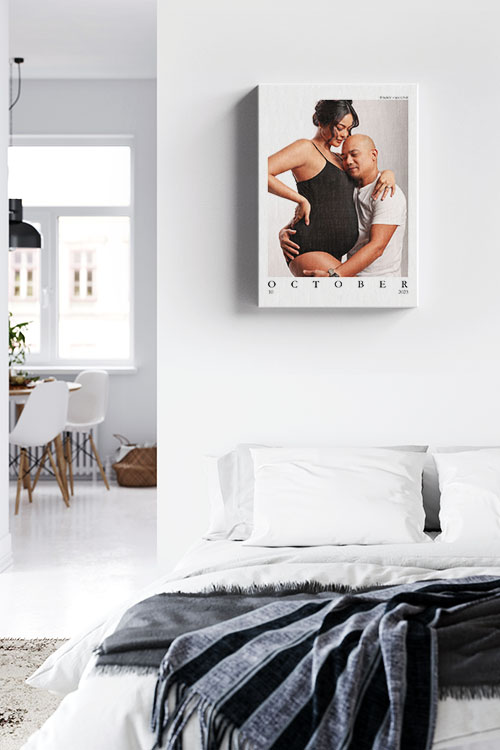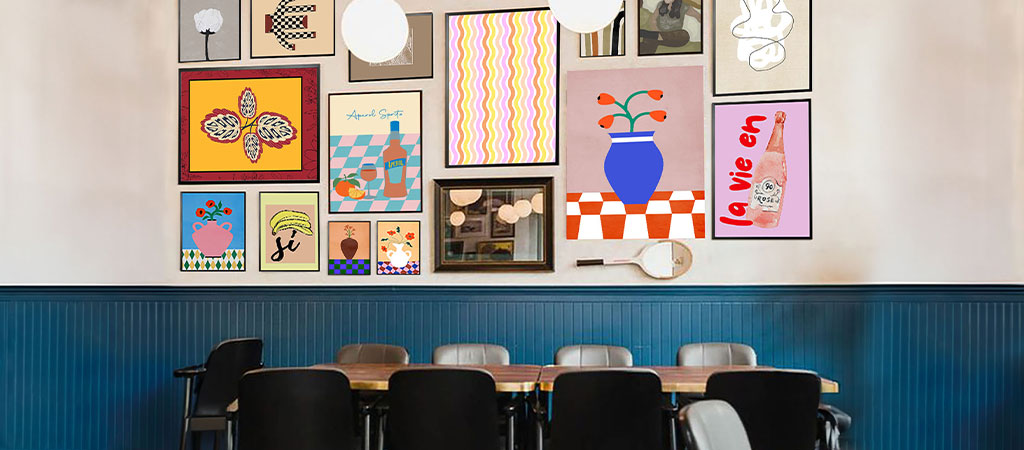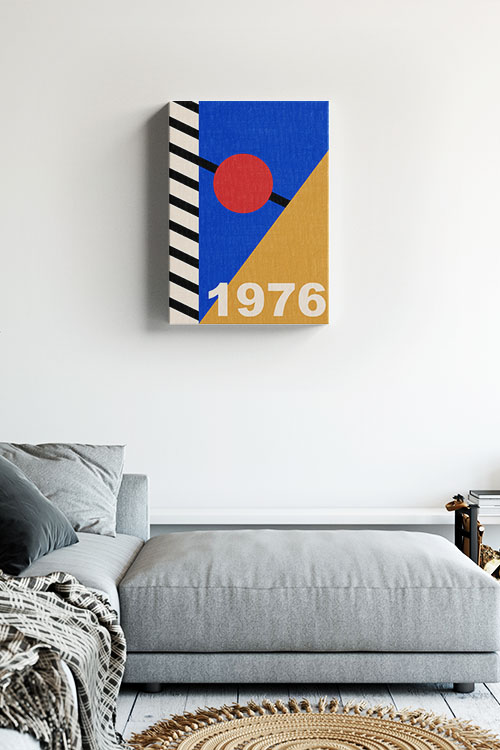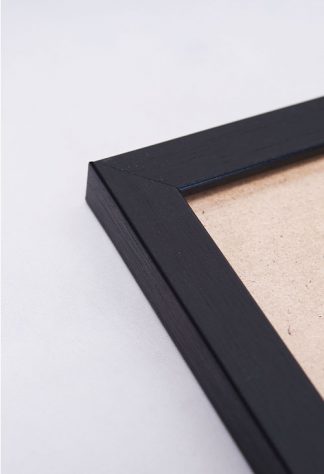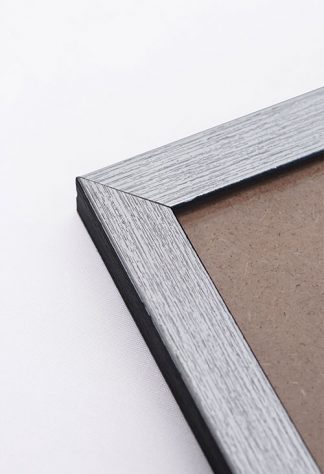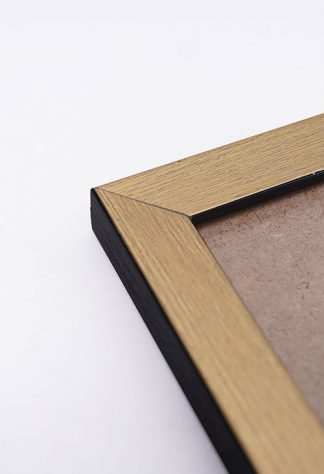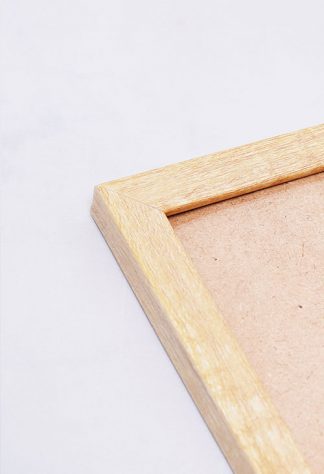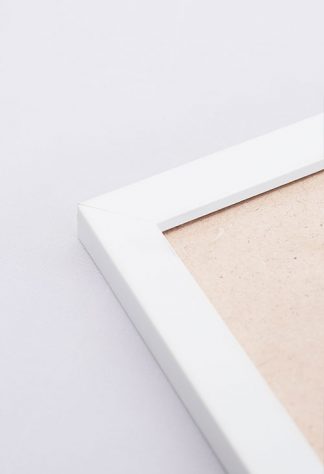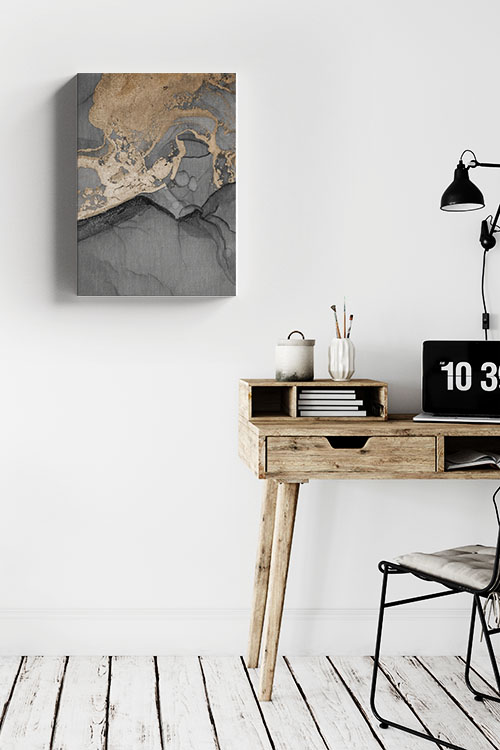
Designing a fun and professional office space requires balancing creativity and functionality. The goal is to create an environment where employees feel inspired, relaxed, and focused while maintaining the professionalism expected in a work setting. Here are some strategies to achieve this balance:
Incorporate Playful Colors with Professional Neutrals
Color is a powerful tool in office design. To create a fun yet professional atmosphere, use a combination of playful colors and sophisticated neutrals. For instance, bright hues like teal, yellow, or coral can bring energy and creativity to the space, but to avoid it feeling too casual, balance these with more neutral tones such as gray, beige, or white.
Consider using bold-colored accent walls, furniture, or decor while keeping the larger elements, like desks and shelving, in neutral tones. This keeps the office lively without overwhelming the space. For example, a light gray backdrop with pops of orange or green in chairs or artwork can create a vibrant yet professional look.
Choose Modern, Sleek Furniture with a Twist
Furniture is crucial in defining an office space’s aesthetic and functionality. For a professional vibe, opt for clean, modern lines and high-quality materials like metal, wood, or glass. However, add a twist with unconventional shapes or playful touches. For example, a desk with a unique, asymmetrical design or an ergonomic chair in a vibrant color can add personality without compromising professionalism.
Modular furniture, like customizable desks and moveable partitions, can enhance flexibility and collaboration while keeping the office dynamic and adaptable. Bean bags or informal seating in casual areas can encourage creativity, but avoid overdoing it—ensure the workspace still conveys that work happens here.
Incorporate Unique Art and Decor
Artwork and decor are where you can introduce personality and playfulness into an office. Choose modern or abstract art that reflects creativity and innovation while keeping it sophisticated. Large, colorful prints or murals can brighten up spaces without making them feel too casual.
Other decor items like quirky light fixtures, exciting sculptures, or plants can make the office feel inviting and vibrant. A few well-placed potted plants not only bring a sense of calm and freshness but also maintain a level of professionalism. Use unconventional items like neon signs, geometric patterns, or motivational quotes to add a fun touch.
Create Collaborative Spaces with Personality
A fun office encourages teamwork and collaboration, so design spaces where people can gather and brainstorm. Consider incorporating open-plan layouts with dedicated collaborative zones featuring whiteboards, soft seating, or standing desks. These areas can be designed with colorful poufs, statement chairs, or playful rugs.
In contrast, more formal areas like meeting rooms should be professional, but adding creative touches such as a bold statement wall, modern lighting, or an interactive screen can keep the space fresh.
Infuse Technology Thoughtfully
Technology can enhance an office space’s fun and professional elements. Use sleek gadgets like touchscreens, smartboards, or even virtual reality tools for creative meetings or brainstorming sessions. To integrate technology thoughtfully, consider wireless charging stations, hidden cable management, and smart lighting systems that adjust to mood and task. These elements should blend seamlessly into the design, enhancing the overall aesthetic and functionality of the space.
Interactive elements, such as screens displaying company news or digital art, can keep the office engaging while reinforcing a modern, professional environment.
Design a Comfortable, Fun Break Area that Values Employee Well-being
A fun office space should encourage breaks and relaxation. Create a designated area for employees to unwind, but ensure it aligns with the overall professional tone. This could include a comfortable lounge with bright, colorful furniture, a ping-pong table, or even a coffee bar with a sleek design. Add fun touches like a chalkboard wall where employees can write messages or display inspiring artwork.
While these areas are more relaxed, they should still be designed thoughtfully to complement the office’s overall look.
Lighting: Combine Natural and Creative Fixtures
Lighting is crucial in maintaining the balance between fun and professionalism. Aim for a blend of natural light and creative lighting fixtures. Large windows that allow natural light to flood the space will keep the office open and professional, while unique light fixtures, like pendant lights or colorful lamps, can add a playful touch. Task lighting at desks should be functional but can be designed in fun, modern styles to keep the space interesting.
In a Nutshell
To design a fun and professional office space, focus on creating a well-thought-out balance between vibrant, creative elements and sleek, modern designs. By incorporating playful colors, unique decor, comfortable, collaborative spaces, and integrating technology, you can create an office environment that fosters creativity and energy while maintaining a professional tone conducive to productivity.
